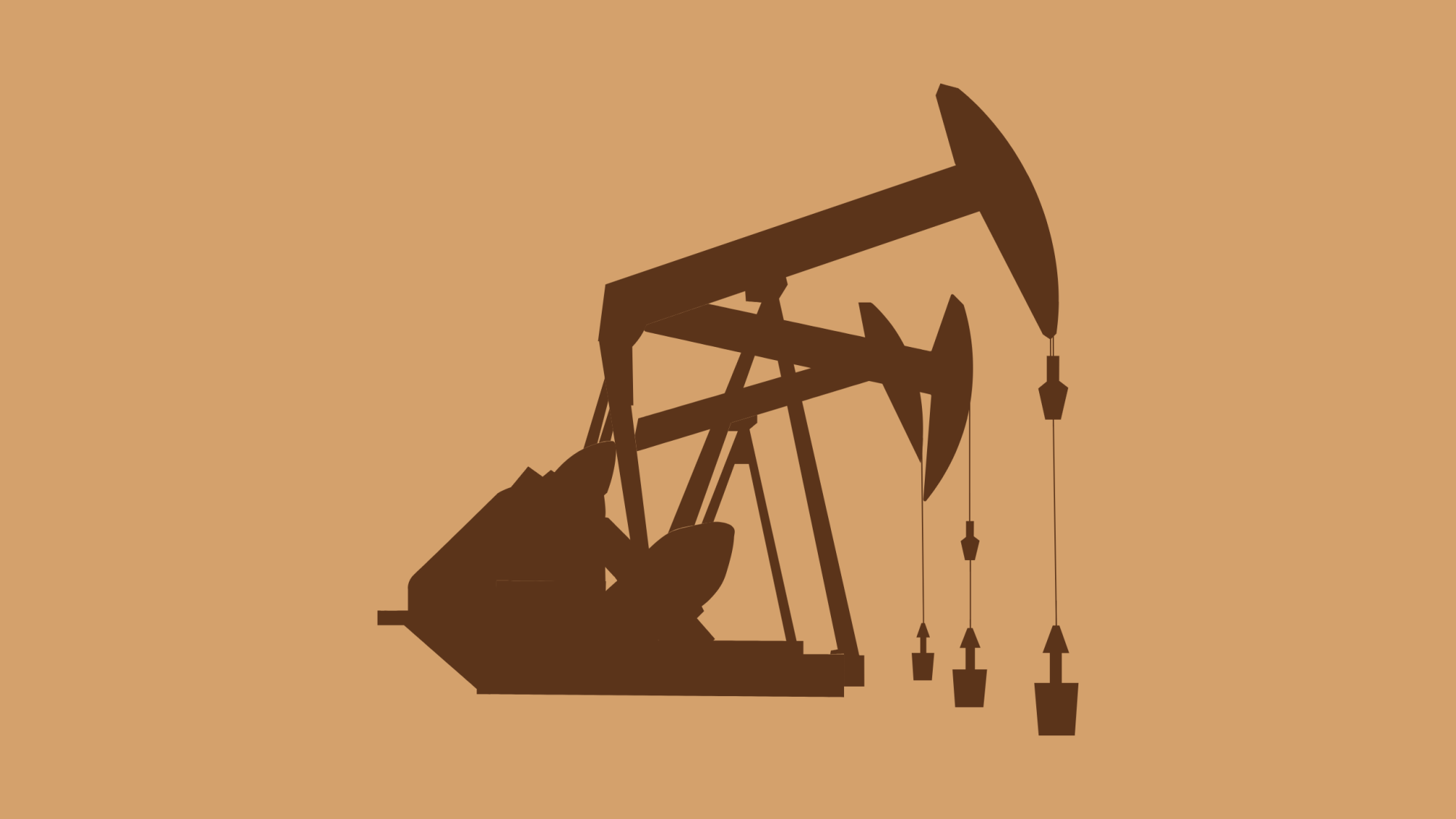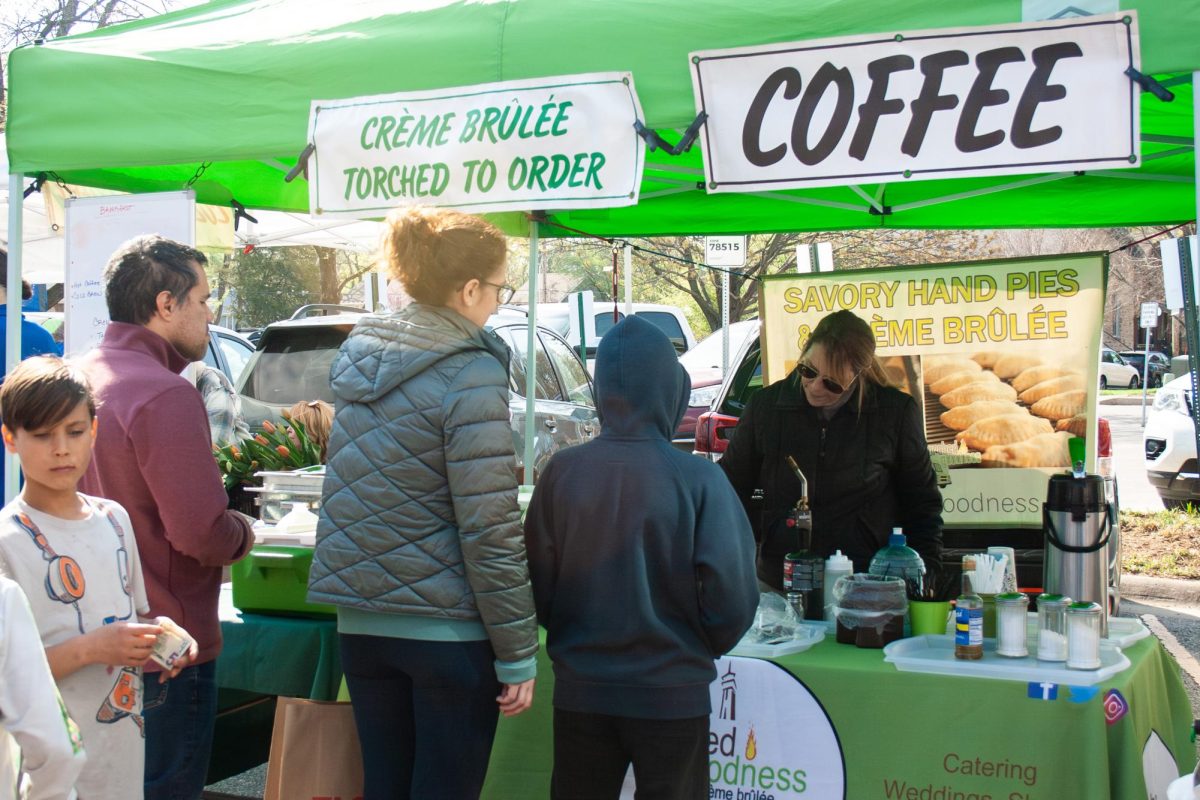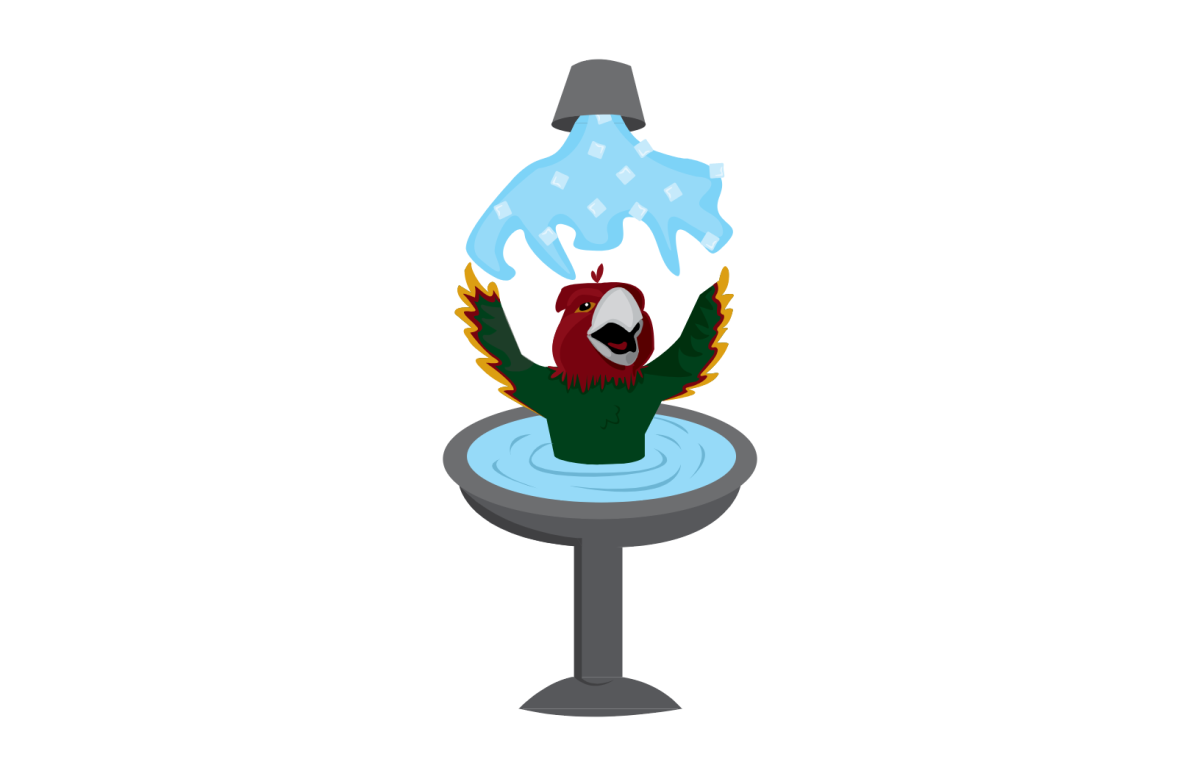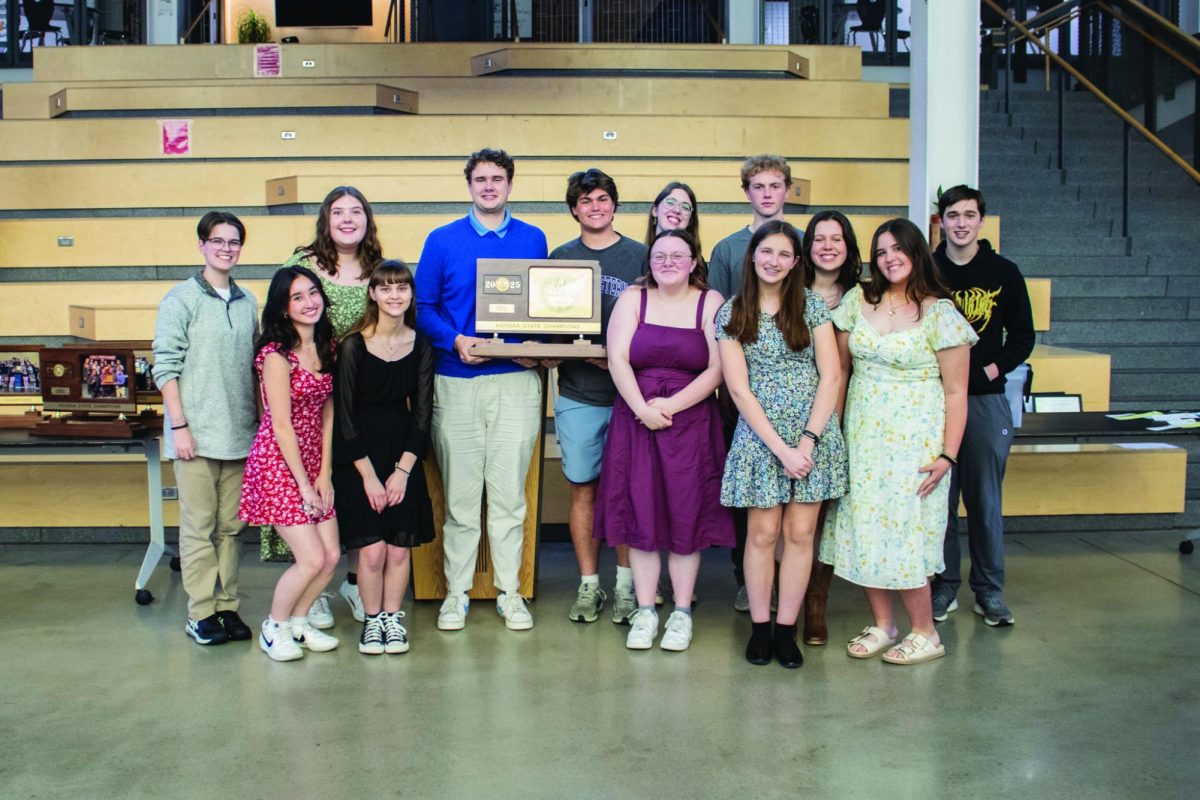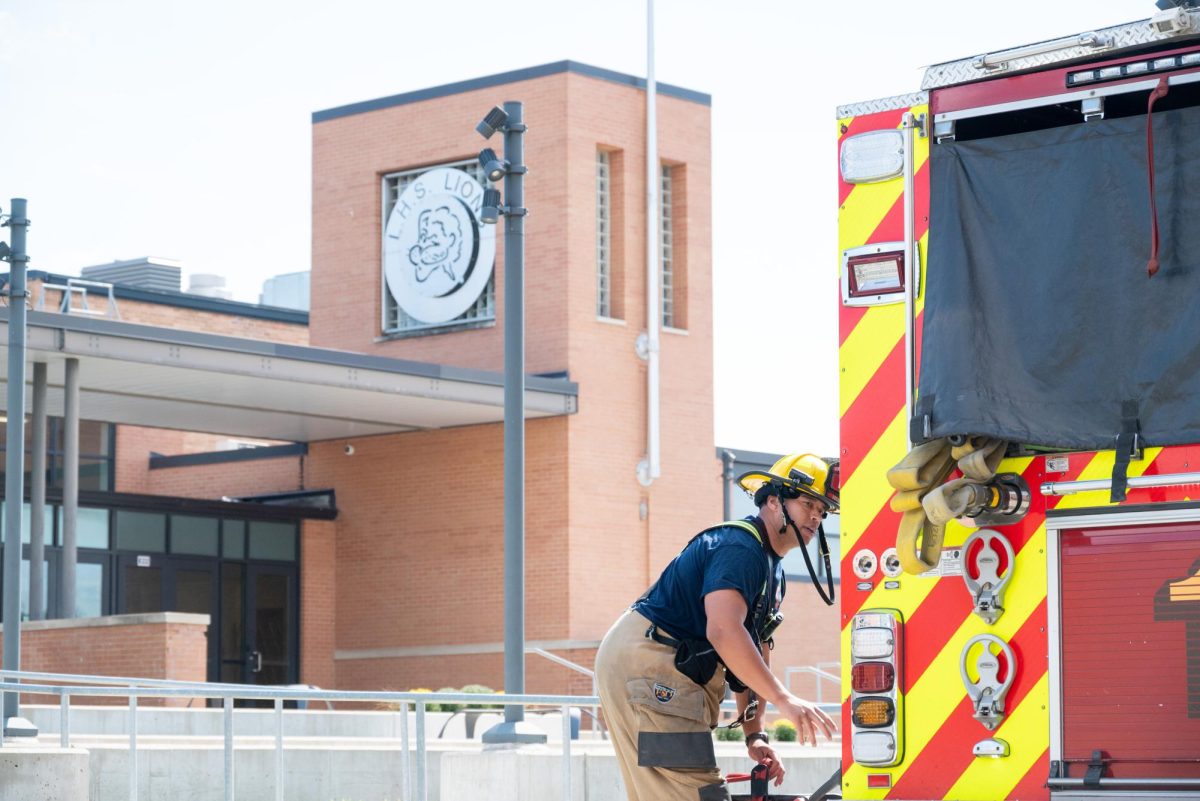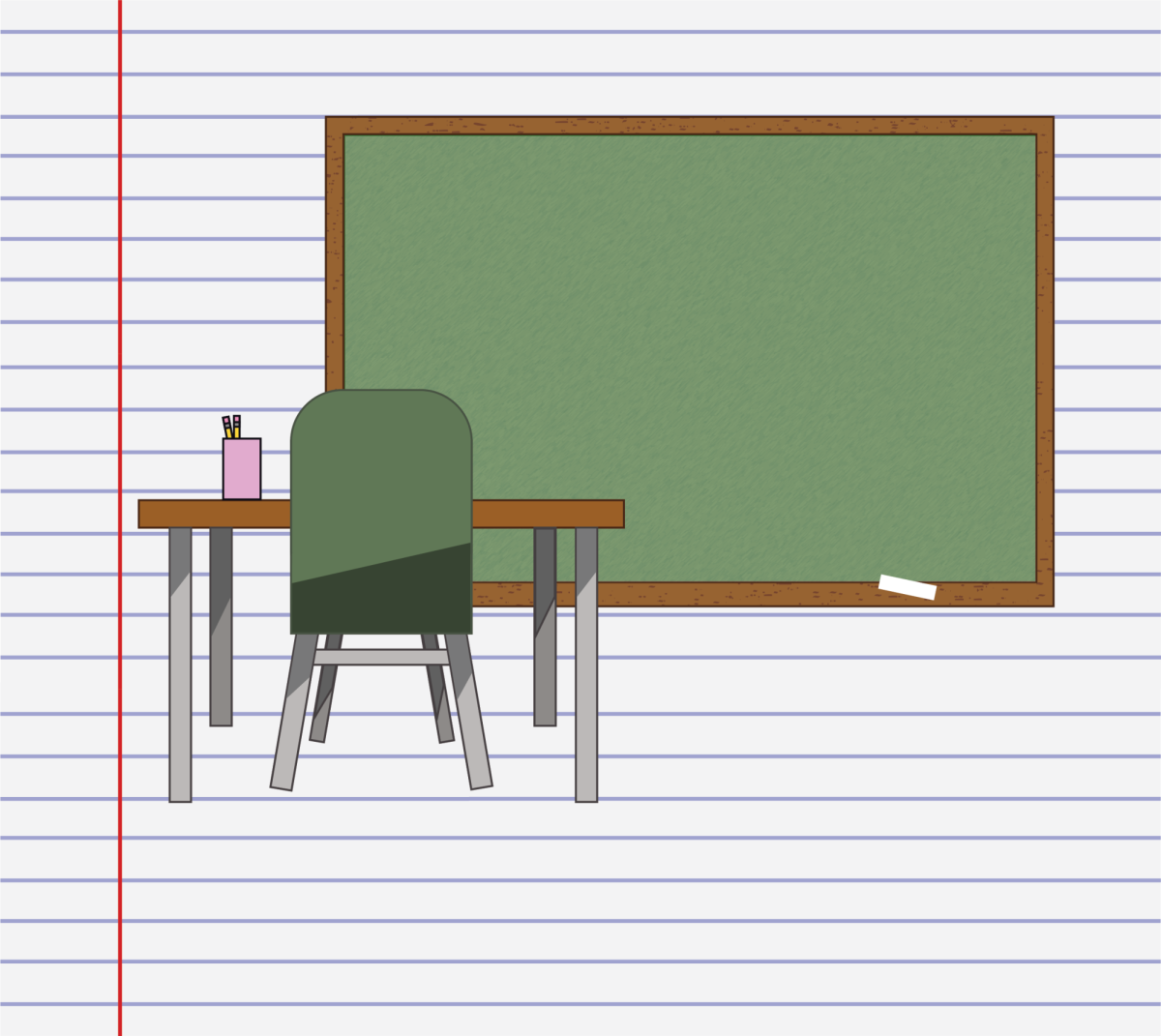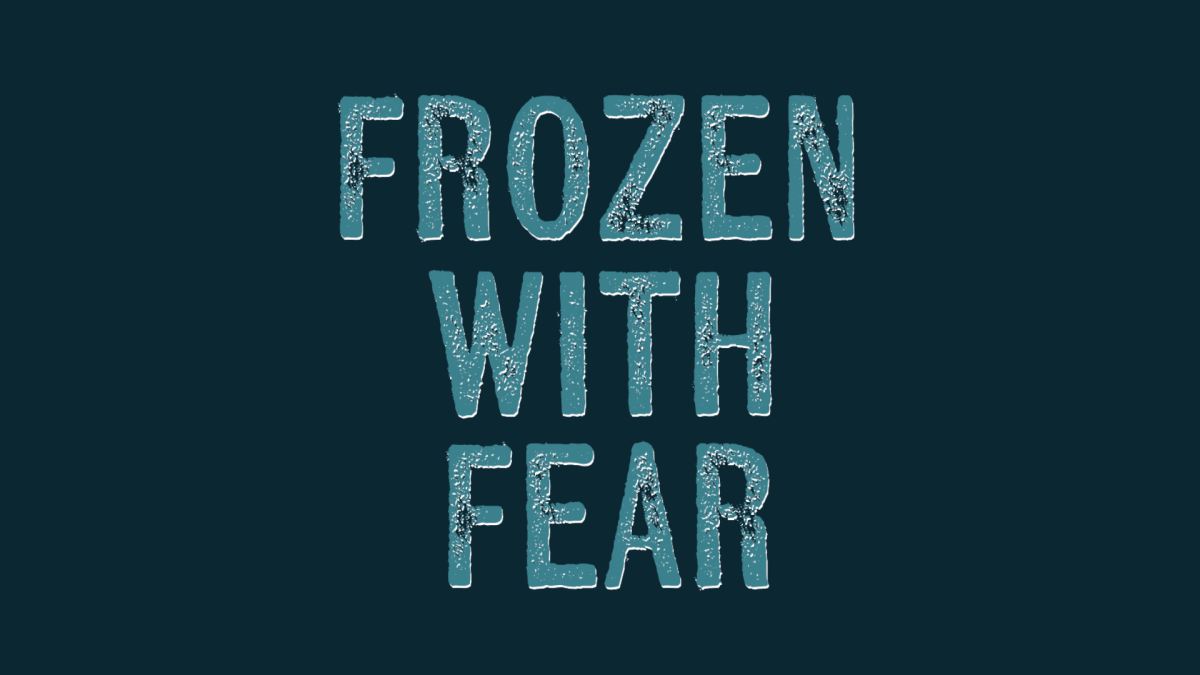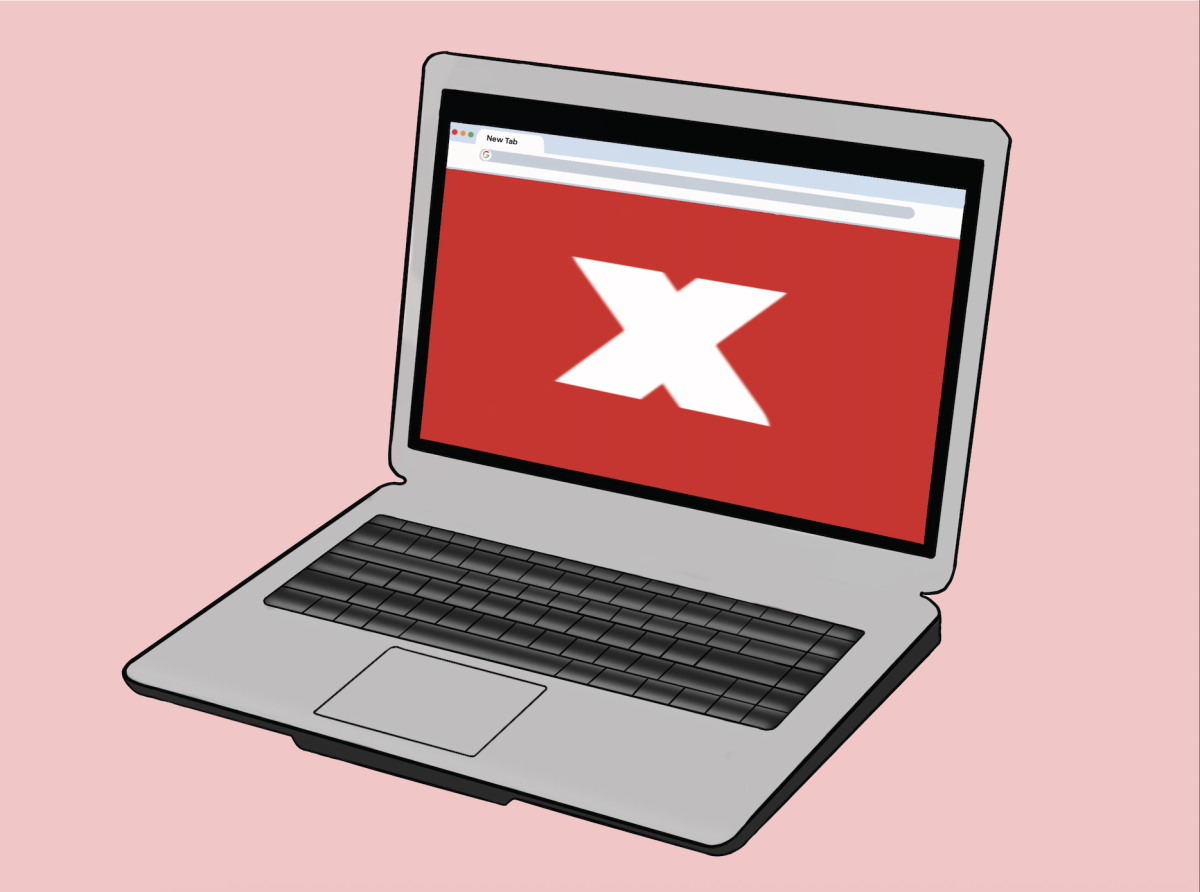In 1947, the first hydraulic fracturing, or fracking, experiment took place in Grant County, KS. Since then, according to the Kansas Geological Survey, one million fracking wells have been drilled into American land, 57,000 of them being in Kansas.
Fracking is a process used to extract fossil fuels, like oil and natural gases, by fracturing bedrock with high-pressure liquid. By pumping a water mixture into a rock surface, fractures are created, allowing for a freer flow of oil and gas.
According to the United States Energy Information Administration, fracking’s introduction resulted in a sudden increase in America’s crude oil production after it had been plateauing then decreasing from the 1970s to the 2010s.
According to the EIA, since 2018, the country has been the leading producer of crude oil, turning out more than 2 million more barrels on average per day than its closest competitor due to fracking. According to the Center for Biological Diversity, domestic oil production hit a high in 2024, also the hottest year in recorded history because of fossil fuel.
Still, Associate Director and Senior Scientist Brendan Bream said that fracking plays an essential role in energy production today.
“We’d be a bit foolish not to understand how much energy is generated from oil and gas production, and it won’t be easily replaced,” Bream said. “So we need things like hydraulic fracturing to keep production up.”
On his first day in office, President Donald Trump issued an executive order declaring the nation’s first national energy emergency, despite America leading the world in crude oil and natural gas production.
Throughout his campaign, Trump coined the slogan “drill, baby, drill” to show his support for expanding fracking in America. Trump said that expanding fracking and the energy industry would support domestic industry, provide jobs and lower gas prices.
Following the executive order, the White House released a presidential order aimed at increasing national energy production. This order targeted previous government regulations protecting the environment and required agencies to drop any policies that would hinder energy production.
Yer, in order to reverse climate change and cool down to preindustrial climates, scientists say there needs to be a rapid reduction of carbon emissions from burning fossil fuels. Kansas University Environmental Studies Program Director Chris Brown said that when weighing environmental and economic effects, there is a missed opportunity to value the environment’s intrinsic value.
Fracking pollution can be divided into two categories: direct and indirect. Director and State Geologist of Kansas Jay Kalbas said that direct pollution includes emissions that fracking produces as well as water and ground pollution, which is produced rarely due to error. Meanwhile, indirect pollution is due to the emissions of the fuel that fracking extracts.
Bream said the chances of water or ground pollution due to a leak are slim. Kalbas also said that while it is a common misconception, fracking is not the cause of earthquakes the vast majority of the time.
“It’s safe, effective and is enormously helpful for unlocking hydrocarbons that would otherwise stay in the ground,” Kalbas said. “But it’s something that has to be done with regulation, and we have to make sure that we’re doing it right.”
Fracking uses an abundance of natural resources. As reported by Environment America, fracking produced 14 billion gallons of wastewater in 2014, and 360,000 acres of land have been damaged due to fracking since 2005.
Kalbas said producers go through a permitting process to ensure that the land drilled isn’t harming any endangered species. According to Vox, however, Trump’s agenda seems to align with the desire to remove the requirement for these environmental protections.
Senior Fiona Wynn, who wants to pursue environmental sciences, said she believes that these policies are a step backward for the environment.
“It’s definitely nerve-racking to see all of it happening. The more it develops into a bigger thing to push aside the environmental aspects for convenience,” Wynn said. “It definitely gives me a feeling of a rush to do something.”


